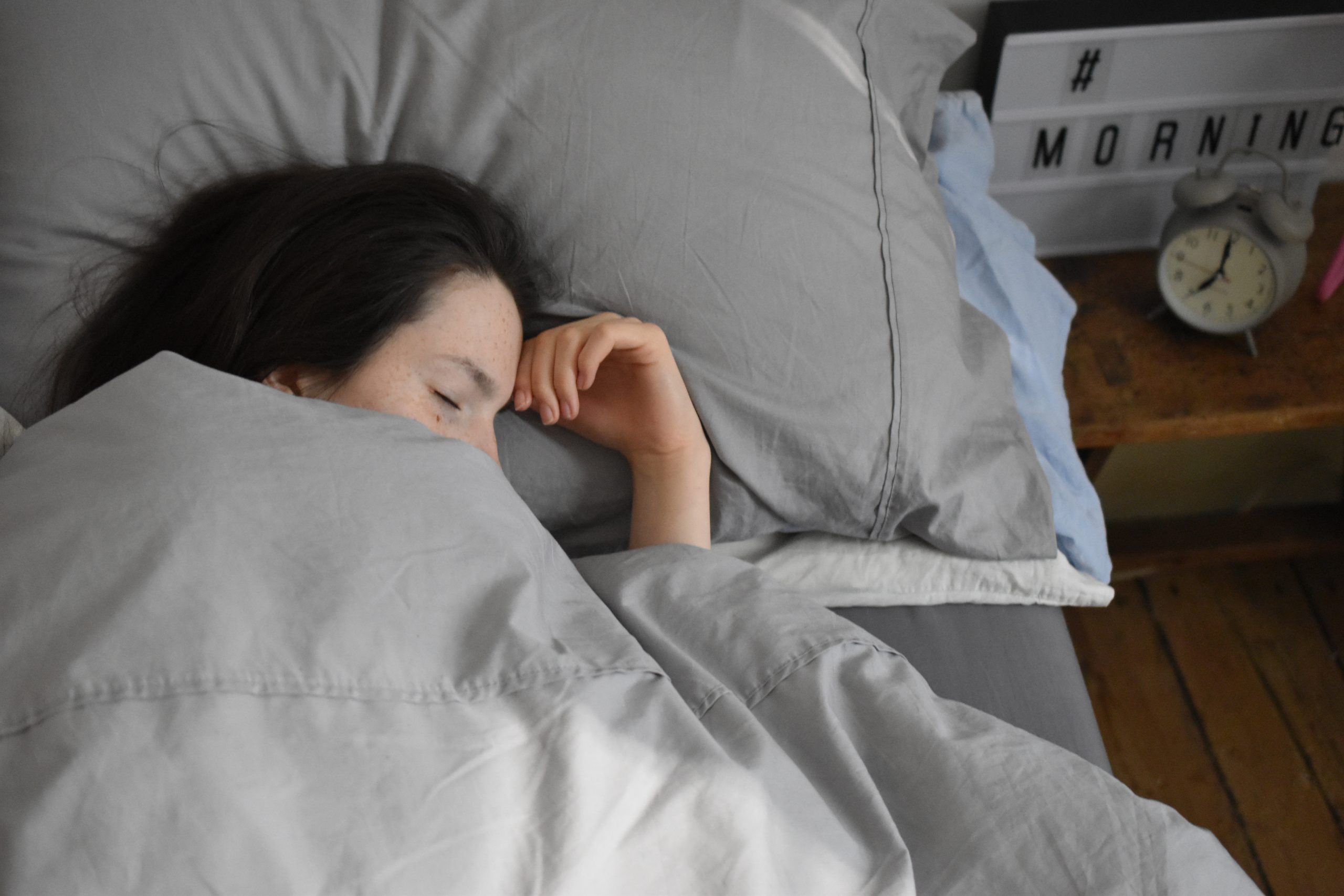Normal sleep for most people includes a period of rapid eye movement or REM sleep where your brain is active, yet you are in a state of paralysis even as you dream. For those with REM Sleep Behavior Disorders or RBD, sufferers act out their dreams with behavior that is often violent.

The Symptoms Of REM Sleep Behavior Disorder
When you are in REM sleep, while your body is at rest, you normally experience irregular breathing, rapid eye movements, increased blood pressure, and a loss of muscle tone. However, an EEG of your brain at this time indicates brain activity similar to your daytime function. Some people transition from being awake to an REM stage before falling into a deep sleep (non-rapid eye movement or NREM sleep) by exhibiting behaviors such as: talking, yelling, punching, kicking, sitting, jumping out of bed, arm flailing, and grabbing. They may sleepwalk as they act out dreams that are usually violent.
These symptoms can not only disrupt sleep, but can lead to injury of yourself or a sleeping partner.
What Causes REM Sleep Disorder?
As with many sleep disorders, doctors are unsure of the cause. What they do know is that the distinctions between the different stages of sleep break down so that the muscle paralysis experienced by most dreamers does not take place. The behaviors they exhibit can be more dramatic and violent than what they would willfully do in a waking state. Before the stage where they act out violent dreams, those with REM disorders may talk in their sleep or twitch for years before the full onset of the REM Sleep Disorder. Estimates based on phone surveys of over 4,900 people between 15 and 100 indicate that about 0.5% percent of the population suffers from RBD. While the exact cause for RBD is unknown in 55% of cases, 45% of those afflicted are in withdrawal from alcohol or sedatives or antidepressants.
There may be a link between RBD and degenerative neurological conditions such as Parkinson’s disease, diffuse Lewy body dementia, multi-system atrophy, and Shy-Drager syndrome. Studies by Drs. Carlos Schneck and Mark Mahowald at the University of Minnesota show that 38% of patients with RBD develop Parkinson’s within 12-13 years after the RBD symptoms begin, while 69% of those with multi-system atrophy or Parkinson’s disease also have RBD.
There also appears to be a correlation between sex, age, and RBD; data gathered indicates that 90% of RBD patients are males over 50 years of age, although there are reports of patients less than nine years old.
Other Conditions Similar to REM Sleep Disorder
Much of what is known about parasomnias such as REM sleep disorder has been discerned from research on animals. For example, studies on cats with brain lesions in the part of the brainstem that controls locomotion will arch their backs and bare their teeth without reason even though their brain waves show regular REM sleep.
RBD is but one type of parasomnia, but there are others with overlapping symptoms. For example:
- Confusional Arousal, or strange and confused behavior upon arising that may last a few minutes or several hours
- Sleepwalking, or arising from a deep sleep and walking around without memory of the event
- Sleep Terrors, or waking up in great fear without memory of a dream or other cause
- Sleep Eating Disorders, or binge eating while partly awake
- Sleep Paralysis, or the inability to move your body when falling asleep or waking up
- Nightmares, or intense, terrifying dreams that can prevent sound sleep
- Bedwetting, or failure to wake up when the bladder is full
- Sleep Hallucinations, or perceived events that seem real, which often occur between sleeping and waking
- Sleep Talking, or talking out loud in one’s sleep
Typically, a sleep specialist would perform sleep tests at a center to discern the specific nature of the disorder. By monitoring the brain, sleep, and muscle activity, he or she can rule out other causes and document the lack of muscle paralysis during REM sleep.
Treatment for REM Sleep Disorder
Unlike many other sleep disorders, serious conditions such as REM sleep behavior disorder often require drugs such as clonazepam to mimic sleep paralysis. Some patients report success with over-the-counter doses of melatonin or anti-depressants.
Even when these treatments prove successful at calming down these sleep behaviors, an at-risk person can still develop Parkinson’s or another disease later in life. The treatments, however, do not decrease the risk of latent disease development, but can keep sleep safer for you or a bed partner.
